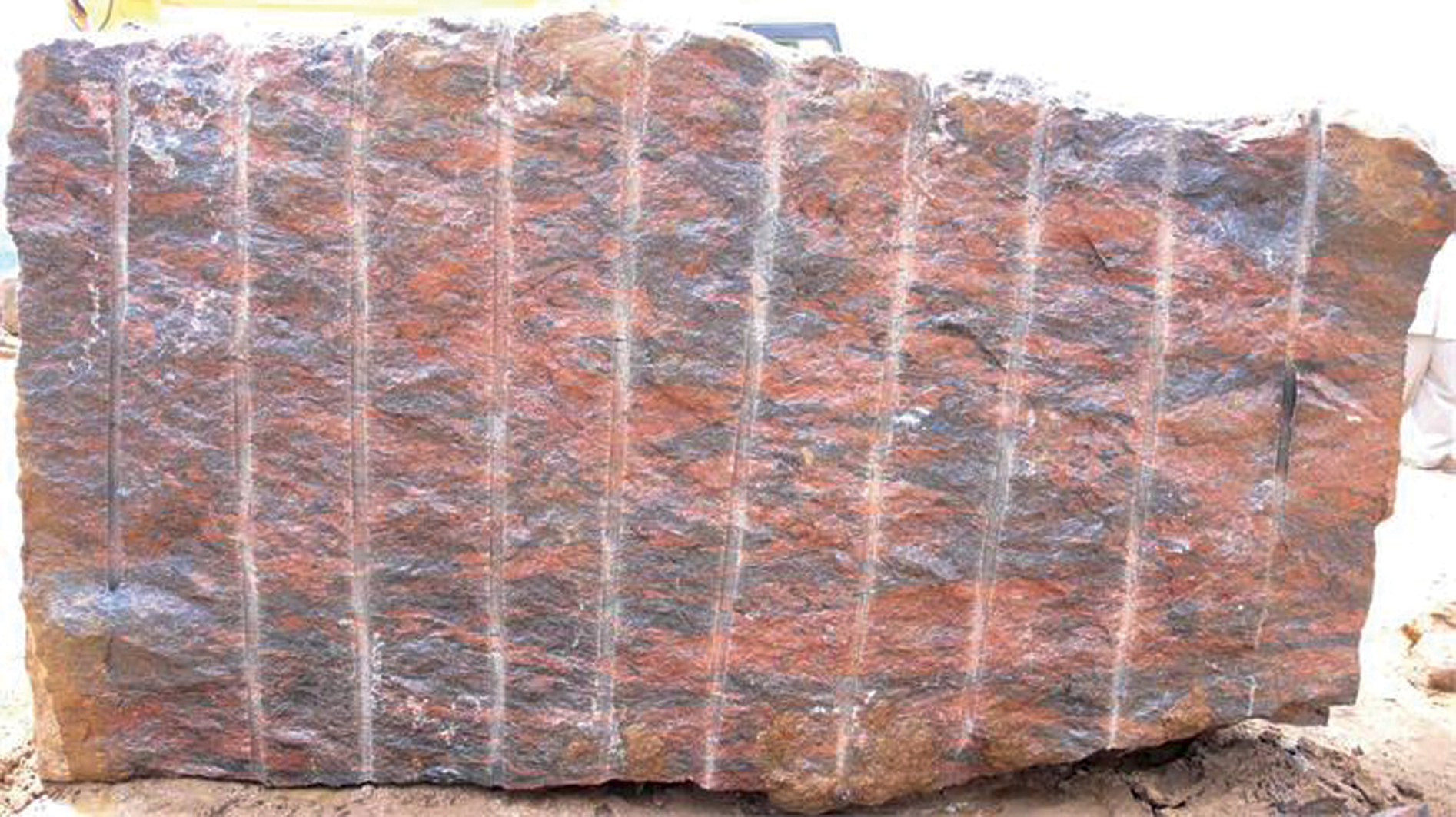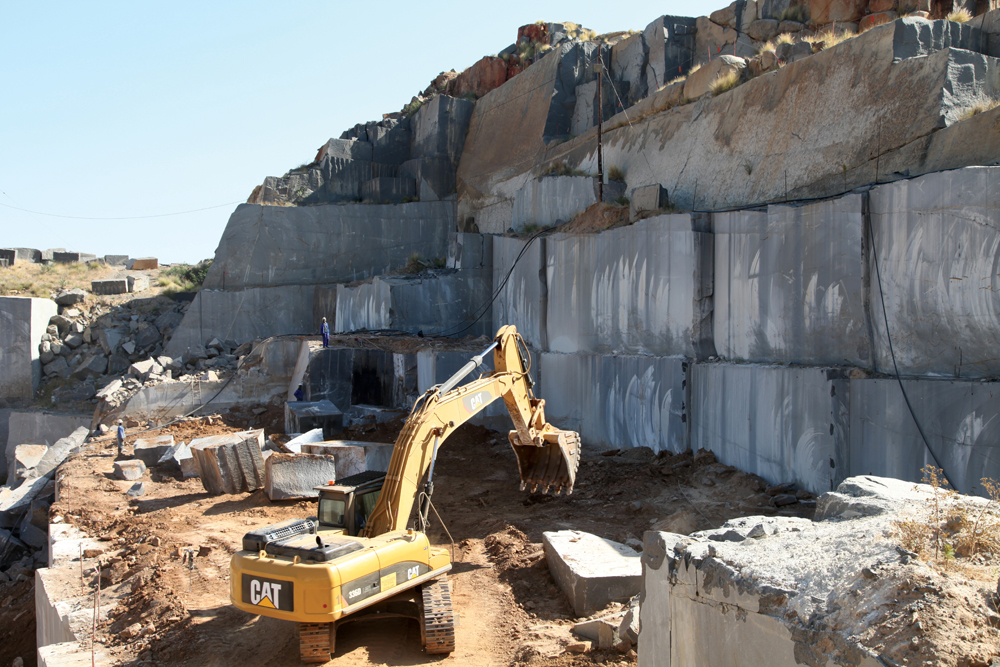Introducing Granite Quarries in South Africa Tradition: A Trip Through Quarries
Wiki Article
Discovering the Rich History and Lasting Practices of Granite Quarrying
As we stand on the precipice of revealing the complex tapestry of granite quarrying, a journey via time exposes not just the physical act of drawing out stone but also the cultural and historical value woven into the very material of this practice. From the ancient origins that laid the foundation for modern quarrying techniques to the sustainable techniques that are forming the future of this industry, each carve mark on granite surface areas informs a story waiting to be uncovered (granite quarries in south africa). The legacy of granite quarrying stretches much beyond simple removal; it is a testament to human ingenuity, strength, and the long-lasting attraction of this majestic rockAncient Beginnings of Granite Quarrying
Dating back to old human beings, the technique of quarrying granite has been an indispensable part of human history and building advancement. The earliest proof of granite quarrying go back to old Egypt, where substantial pyramids and elaborate sculptures were crafted from this resilient stone. The Egyptians utilized primitive devices to draw out granite blocks from quarries, showcasing the importance of this product in their monumental building and constructions.Progressing in history, the Greeks additionally made considerable contributions to the quarrying of granite. The Greeks used granite in different architectural marvels, such as holy places and sculptures, demonstrating their skill in shaping and carving this durable rock. The Romans better fine-tuned the strategies of quarrying granite, using innovative tools like knives and hammers to essence and form granite for their legendary frameworks.
Via the centuries, the practice of quarrying granite has actually developed, with contemporary innovations improving performance while preserving the classic appeal of this natural rock - granite quarries in south africa. From ancient human beings to contemporary building contractors, the tradition of granite quarrying remains to shape our globe
Advancement of Quarrying Strategies
The advancement of quarrying methods has been marked by a continuous progression in the direction of higher efficiency and precision in extracting granite. Early quarrying strategies entailed hands-on labor with basic tools such as knives, hammers, and wedges to remove granite blocks from the earth.Innovations in computer-controlled tools and 3D modeling have optimized quarrying operations, leading to minimal environmental impact and improved sustainability practices. As the need for granite proceeds to climb, the advancement of quarrying strategies continues to be indispensable to conference market needs effectively and sustainably.
Cultural Significance of Granite
Granite holds a profound social value throughout different people because of its enduring presence in building masterpieces and revered monoliths. From the majestic pyramids of Egypt to the detailed makings of the Angkor Wat temple in Cambodia, granite has been a product of option for revealing grandeur and longevity in social heritage. In ancient Rome, granite columns adorned holy places and public buildings, signifying strength and permanence. The cultural value of granite expands beyond its physical attributes; it embodies strength, security, and timelessness, making it an icon of withstanding legacies and practices.
Sustainable Practices in Quarrying
Amidst the rich history of granite quarrying and its social significance lies an expanding emphasis on lasting methods within the industry. As ecological recognition and worries about source exhaustion have enhanced internationally, the quarrying industry has actually progressively embraced sustainable methods to minimize its influence on the setting and surrounding areas.
Additionally, recovery and rehabilitation of quarry websites post-extraction are integral to lasting methods. By bring back quarried areas to an all-natural or useful state, such as developing wild animals habitats or leisure rooms, quarriers can balance out the ecological footprint of their procedures and add favorably to the regional environment.
Legacy of Granite Quarrying
With a historic background soaked in craftsmanship and commercial progression, what enduring effect has granite quarrying left on the landscape of modern culture? The legacy of granite quarrying transcends plain removal techniques; it has formed architectural wonders, city landscapes, and social heritage worldwide. The long lasting nature of granite has actually made it a favored choice for monuments, buildings, and infrastructure, standing as a testimony to the ability and creativity of quarry employees across generations.Furthermore, the economic impact of granite quarrying can not be ignored. The market continues to give employment possibility and drive regional economies in regions where granite removal prevails. It has actually additionally spurred technical advancements in quarrying strategies and equipment, resulting in extra reliable and lasting techniques.
In regards to sustainability, check over here the legacy of granite quarrying includes initiatives to alleviate ecological influences via reclamation jobs and accountable source management. By balancing financial interests with environmental stewardship, the sector makes every effort to make certain that future generations can continue to benefit from this long-lasting natural resource.
Conclusion

Report this wiki page